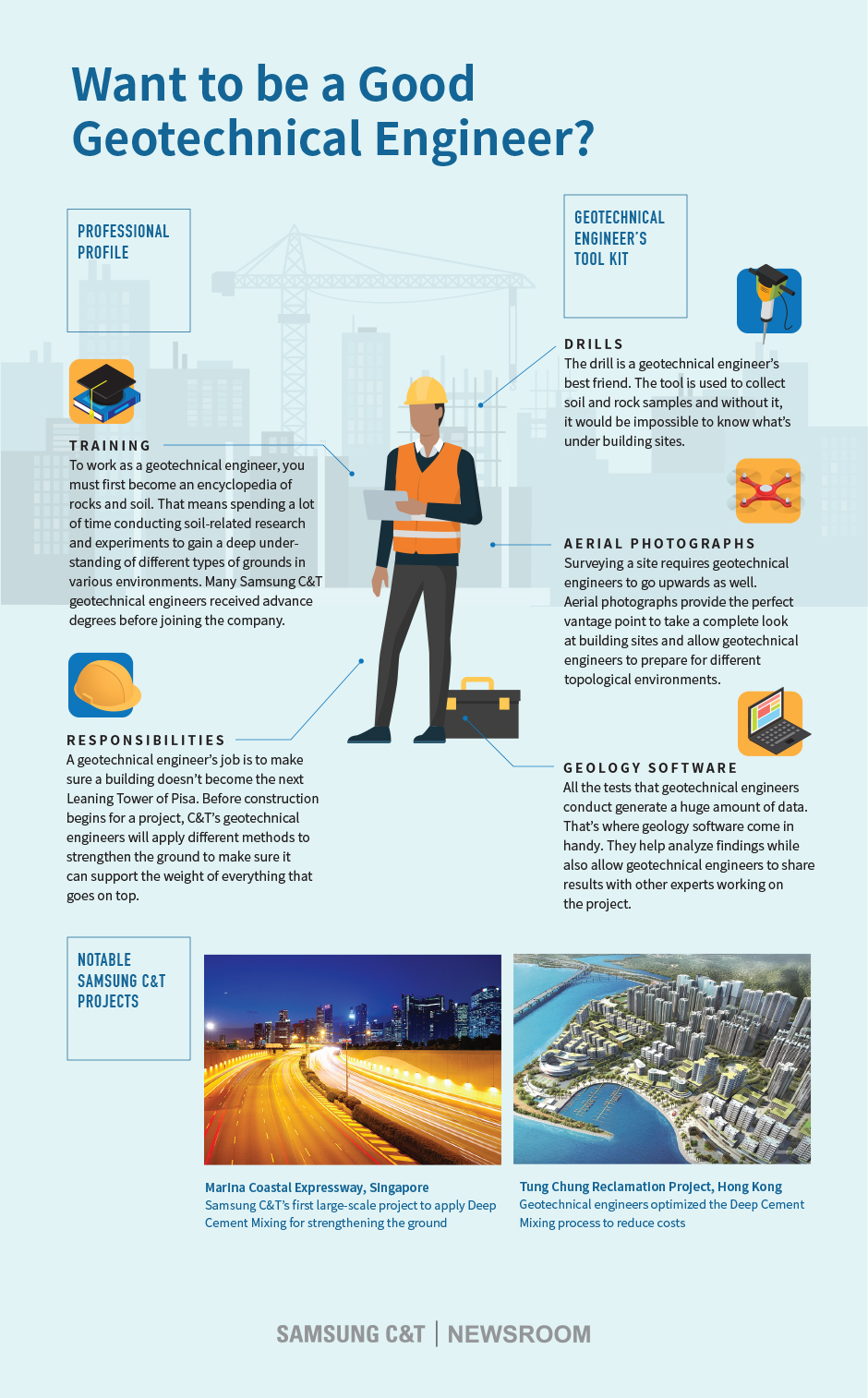Consulting Engineers: Specialized Engineering Services for Numerous Markets
Wiki Article
How Consulting Civil Engineering Firms Contribute to Effective Project Administration and Style Application
Consulting civil engineering firms are essential to the success of construction jobs, merging technological proficiency with tactical oversight. By concentrating on style optimization and threat mitigation, these companies guarantee that tasks are not only viable yet cost-efficient and likewise sustainable.Role of Civil Engineers
Understanding the role of civil designers is important for the effective monitoring of building jobs. Civil designers act as the backbone of framework development, making certain that tasks are created and executed to meet safety, functionality, and sustainability standards. Their competence encompasses numerous facets of engineering, consisting of structural, environmental, and geotechnical specialties.Civil engineers are accountable for performing usefulness researches, which assess the practicality of proposed tasks by assessing financial, technological, and environmental factors. They establish in-depth plans and specifications, incorporating cutting-edge solutions to optimize products and resources. Throughout the building and construction stage, civil designers look after the task, teaming up with stakeholders, designers, and contractors to make certain adherence to create specs and regulative needs.

Project Preparation Methods
Efficient task planning strategies are important for making certain that building jobs are performed efficiently and successfully. Consulting civil design companies play an important function in this process by utilizing extensive preparation techniques that attend to various project stages. At first, a complete analysis of task range and client requirements is performed, permitting the identification of crucial landmarks and deliverables.Moreover, these companies use tools such as Gantt charts and task administration software to develop in-depth timelines, allowing effective organizing of tasks and source allotment. This structured technique aids to anticipate prospective bottlenecks and allot needed resources proactively. Danger monitoring is an additional essential part; firms perform risk analyses to identify prospective problems that could emerge during the job's lifecycle, executing reduction strategies to lessen disruptions.
In addition, stakeholder engagement is highlighted throughout the preparation phase. Routine interaction with customers, professionals, and regional authorities makes certain that all parties are lined up with project goals and timelines. By integrating these techniques, getting in touch with civil design companies enhance the possibility of job success, ensuring adherence to budget constraints and regulatory requirements while fostering a collaborative atmosphere.
Style Optimization Strategies
Design optimization methods are vital for improving the effectiveness and sustainability of civil design jobs. These methods include the methodical assessment of layout parameters to achieve the very best possible results while lessening expenses and resource usage. By making use of innovative computational devices and formulas, designers can assess numerous style options and select one of the most reliable choices based on certain task standards.One commonly used approach is parametric layout, which permits the manipulation of design variables to observe their effect on overall task efficiency. This iterative procedure causes ingenious solutions that not just satisfy practical requirements yet likewise comply with ecological requirements. Additionally, strategies such as worth engineering focus on maximizing project components to make best use of worth while decreasing unneeded expenses.
Additionally, the integration of Building Details Modeling (BIM) assists in better cooperation among stakeholders, enabling real-time adjustments and improvements to designs. This alternative sight promotes a thorough understanding of the job, bring about notified decision-making. Ultimately, efficient layout optimization techniques lead to boosted project timelines, minimized waste, and enhanced structural efficiency, adding to the overall success of civil engineering undertakings.
Risk Administration Strategies
Risk administration strategies are vital in ensuring the successful shipment of civil design tasks, as they help determine, analyze, and alleviate prospective dangers that might affect job outcomes. Efficient risk monitoring is a methodical procedure that entails the recognition of risks, assessment of their probability and influence, and the advancement of methods to resolve them.Consulting civil design companies typically use a mix of qualitative and measurable risk assessment methods (geotechnical engineering companies in south africa). Qualitative techniques, such as brainstorming sessions and skilled interviews, assistance gather understandings on prospective dangers from different stakeholders. On the other hand, quantitative methods involve statistical analysis and modeling to establish the probability and possible influence of recognized dangers
When dangers are evaluated, firms carry out reduction approaches, which might consist of danger avoidance, approval, decrease, or transfer. This could involve revamping job components to eliminate threats or protecting insurance coverage to balance out potential economic losses. Continuous monitoring and testimonial of dangers throughout the project lifecycle are additionally crucial, permitting timely changes to run the risk geotechnical engineering in south africa of management approaches as brand-new risks arise.
Collaborative Communication Practices
Enhancing project end results through collective interaction techniques is essential for getting in touch with civil engineering companies. Efficient interaction fosters a society of transparency and trust amongst stakeholders, which is crucial for the successful implementation of design jobs. By implementing organized communication networks, companies can guarantee that all events-- clients, service providers, and team participants-- are aligned on task goals, deliverables, and timelines.Regular conferences, both official and informal, facilitate the exchange of ideas and responses, enabling real-time analytical and decision-making. Utilizing joint tools such as project administration software motivates documents and tracking of development, while allowing instant accessibility to crucial details.
Moreover, active listening and open dialogue are vital elements in a joint environment. By valuing diverse point of views, firms can introduce and adjust layouts that fulfill both technological demands and customer assumptions. In addition, fostering a team-oriented atmosphere reduces misunderstandings and raises the general high quality of work.

Verdict
Finally, getting in touch with civil engineering firms are integral to effective job management and layout application. By employing strategic preparation, design optimization, and reliable risk monitoring, these companies enhance task effectiveness and sustainability. Their dedication to collective interaction additionally guarantees stakeholder placement and fosters a participating atmosphere. Ultimately, the expertise and methods utilized by getting in touch with civil engineers dramatically add to achieving task goals while making the most of and decreasing costs source utilization.
In verdict, speaking with civil design firms are indispensable to effective task monitoring and design application.
Report this wiki page